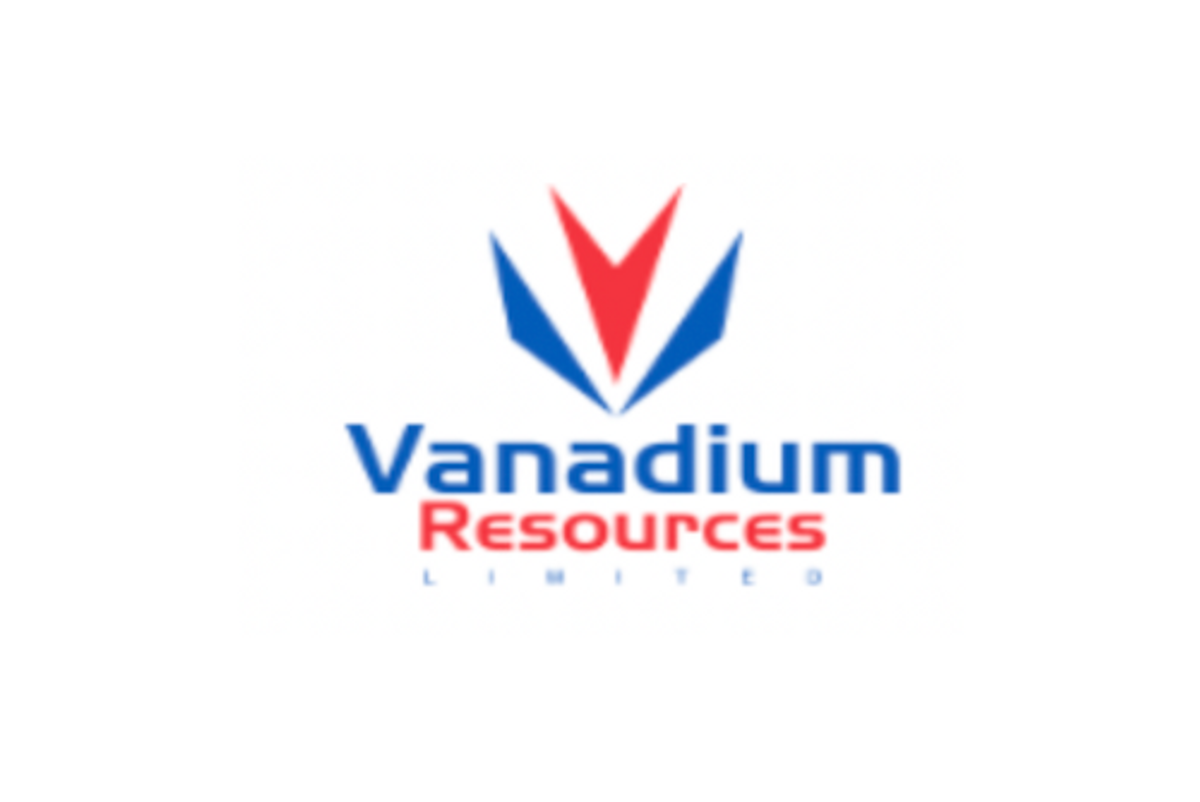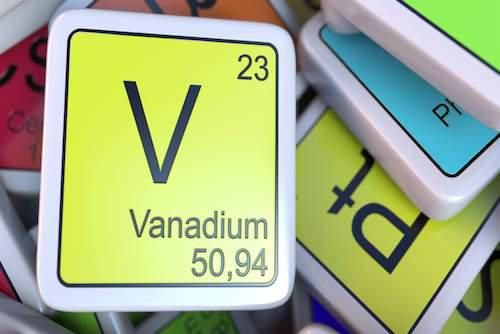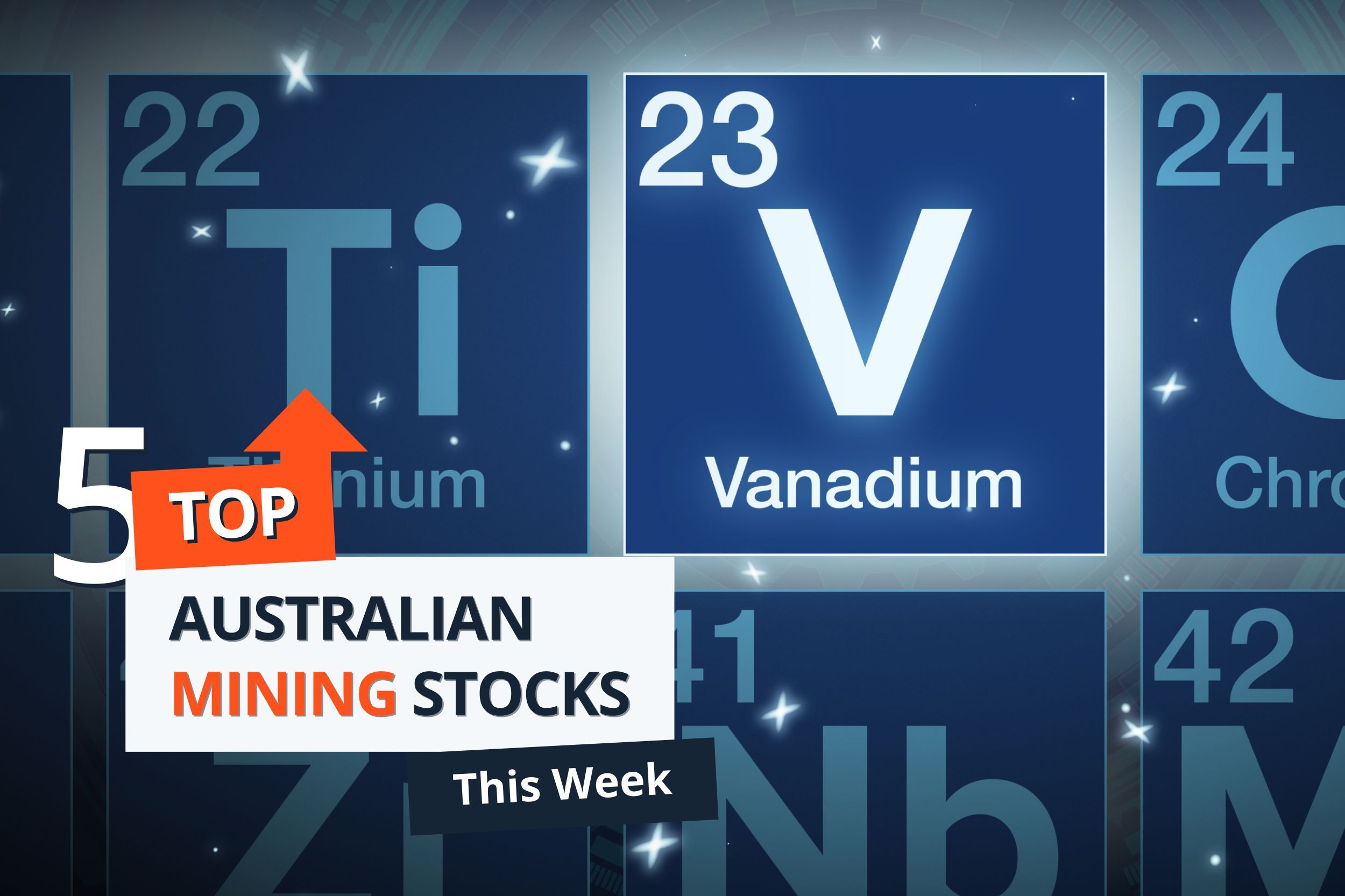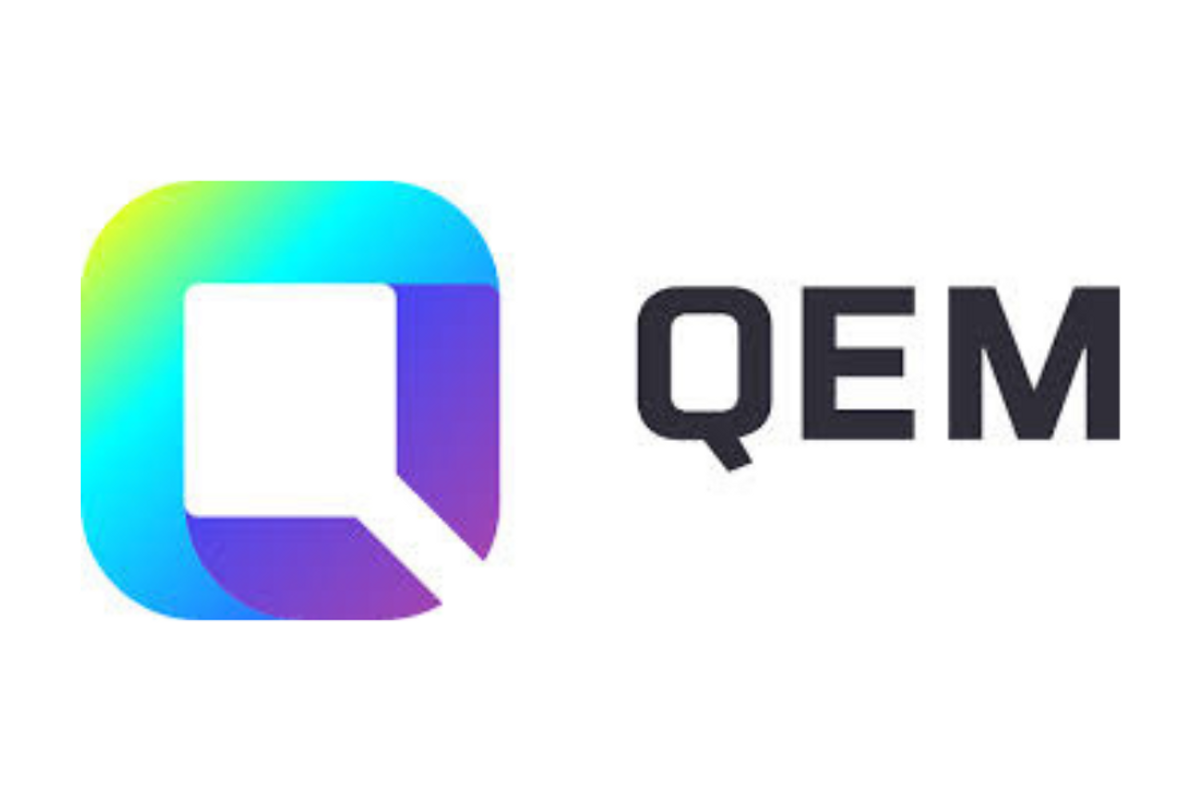
November 17, 2021
Vanadium Resources Ltd ("the Company" or "VR8"), is pleased to provide an update on its ESG technology acquisition. Following the acquisition of an integrated ESG processing technology (Refer ASX announcement 1 April 2021: VR8 to acquire integrated ESG processing technology by way of an earn-in JV, and capital raising), the JV company (TCM-VR) has successfully been registered in the Republic of Ireland (reg no 699830). This forms part of the earn in agreement, whereby the Company can acquire up to a 74% interest in an ESG integrated extraction, processing, refining and manufacturing technology developed by TCM Research Ltd (TCM), that innovatively utilises existing processing methodologies to produce battery grade Vanadium Pentoxide and high-end Vanadium products, including other products arising from the Steelpoortdrift Ore such as Iron, Titanium, Silicon and Aluminium, which are not currently extracted using conventional processing methods.
HIGHLIGHTS
- Highlights of metallurgical test-work:
- Carbon Monoxide (CO) can be used exclusively as a reductant
- >95% selective extraction of Iron and Vanadium at low reductant addition
- Excellent recoveries >99% Iron and Vanadium at higher reductant addition
- Iron and Vanadium intermediates in a form amenable to separation and purification
- >97% Titanium extraction in the second stage of the process
- >95% selective extraction of Iron and Vanadium at low reductant addition
- Highlights of Engineering Studies:
- Multi-disciplinary engineering group Resonant Nuteq appointed as project engineering support partner
- Process thermochemical computation and mass balance conducted
- Overall process Block Flow Diagram developed
- Hazard & Operability Analysis (HAZOP 1) completed
- ESG technology is being developed completely independent of VR8's flagship Salt Roast Process on which the recently completed PFS-results (see announcement 22 June 2021) are based
- Aim of ESG Technology is to supplement and improve VR8's planned production outcomes and to investigate the production of additional products that may be derived from the Steelpoortdrift ore
- Joint Venture company with TCM Research Ltd incorporated in the Republic of Ireland
- Intellectual Property (IP) transferred to JV company and IP review conducted, with the conclusion that no serious roadblocks exist in the application of the proposed process or areas identified where IP protection could be pursued, including in CO2 capture and production of high value products
- Company initiated discussions with South African university to establish a master's degree level research group to optimise potential ESG and Salt Roast processes
Eugene Nel (Chief Executive Officer) commented:
"The development of new and novel processes requires a focussed and phased approach, with the eventual success of such process developments heavily dependent on early outcomes. The initial results reported for the ESG technology process is not only encouraging in our view but have exceeded initial expectations by achieving first phase recoveries in excess of 95% for both iron and vanadium, as well as elevated titanium recoveries. These initial results have ensured a very solid basis from which the technology can be advanced into downstream processes, to economically produce a wide range of high purity specialised products. The Company is very excited by the prospects that these results indicate, especially in our drive towards an environmentally sustainable mining operation for the future."
Click here for the full ASX Release
This article includes content from Vanadium Resources, licensed for the purpose of publishing on Investing News Australia. This article does not constitute financial product advice. It is your responsibility to perform proper due diligence before acting upon any information provided here. Please refer to our full disclaimer here.
VR8:AU
The Conversation (0)
17 September
How to Invest in Vanadium Stocks
Vanadium is an important metal for both the steel and battery manufacturing industries. Both of these sectors play key roles in economic growth and a new era in defense and energy security. Supply and demand fundamentals for the metal indicate a strong long-term outlook for the vanadium market.... Keep Reading...
25 July
Top 5 Australian Mining Stocks This Week: Vanadium Resources Soars on DSO Offtake Deal
Welcome to the Investing News Network's weekly round-up of Australia’s top-performing mining stocks on the ASX, starting with news in Australia's resource sector.This week, gold companies continued to shine in Australia, joined by battery and base metals explorers and developers. In corporate... Keep Reading...
02 July
QEM Appoints Robert Cooper as Director, following Leadership Transition
Critical minerals and energy company QEM Limited (ASX: QEM) is pleased to announce completion of the previously announced Leadership Transition (refer ASX Announcement 29 May 2025). Highlights: Seasoned global mining executive Robert Cooper has completed a comprehensive handover and is appointed... Keep Reading...
12 June
Vanadiumcorp Announces Grant Of Stock Options
VanadiumCorp Resource Inc. (TSX-V: VRB) (FSE: NWNA) (OTC: VRBFF) ("VanadiumCorp" or the "Company") Vancouver, British Columbia – June 12, 2025 – VanadiumCorp Resource Inc. (TSX-V: VRB) (FSE: NWNA) (OTCBB: APAFF) (the "Company”) announces that it has granted, pursuant to its 10% rolling Stock... Keep Reading...
Latest Press Releases
Related News
TOP STOCKS
American Battery4.030.24
Aion Therapeutic0.10-0.01
Cybin Corp2.140.00





